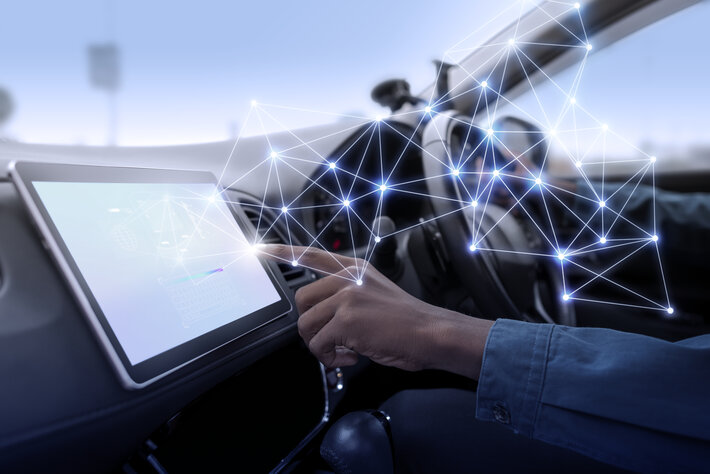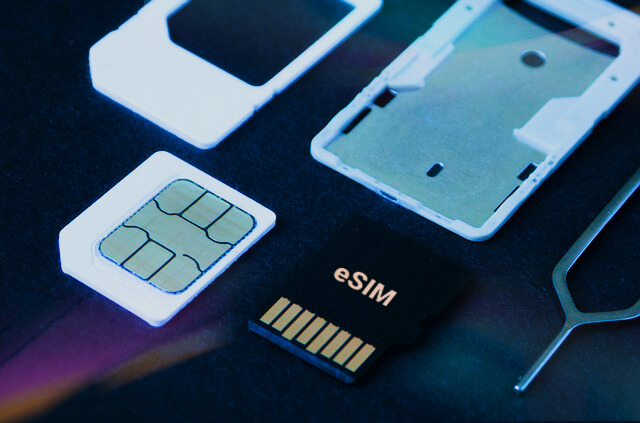The Qualcomm Flight™ platform helped enable NASA JPL’s Ingenuity Helicopter for the first autonomous flight on Mars. Following this, Qualcomm Technologies, Inc., announced the world’s first 5G- and AI-enabled drone platform, the Qualcomm Flight RB5, to support the drone and robotics ecosystem with the accelerated development of drones for a broad range of new use cases. The critical enablers are the low latency and capacity of 5G added to artificial intelligence (AI capabilities) in an integrated drone platform and reference design. These capabilities enable drones to make intelligent decisions and for critical and secure communications to occur between drones and operators, writes Dev Singh, Senior Director, Business Development, at Qualcomm Technologies, Inc.
Sponsored by Qualcomm Technologies, Inc.
The Mars project and achievement of the Ingenuity Helicopter is an attention-grabbing development, but the principles showcased on the planet are similar on Earth. Unmanned drones demand high performance with low power consumption so the communications piece, although consuming a very small amount of power in comparison to the drone’s motors, must be as power efficient as possible. The utilization of 5G is not often seen as a low power connectivity solution but technology is continuously improving to enable efficient network usage and minimised power consumption.
The low latency of 5G makes it ideal for supporting drones and other robots that need to be in secure, high bandwidth communication with operators and the cloud. The Qualcomm Flight RB5 5G Platform, which is powered by the Qualcomm® QRB5165 processor, brings new capabilities to the drone industry by condensing multiple technologies into a single, tightly integrated drone platform. The computational power for seven-camera concurrency enables drones to capture several shots simultaneously in a variety of high-quality formats. Additionally, the 5th Generation Qualcomm® AI Engine handles complex tasks which include computer vision, perception, and autonomy for a transformative imaging experience.

Power consumption and thermal characteristics are essential elements of drone performance and sub-optimal components can contribute to a poor overall system performance. Therefore, the utilization of processors that have not been purpose-designed can introduce inefficiencies at an early stage. Using processors built for battery-operated devices is a viable starting point from which thermal efficiency and power consumption can be controlled. For example, the utilization of a mobile phone chipset rather than a desktop PC or data centre chipset makes sense because there is nothing more power efficient than a smartphone chipset.
From a thermal perspective, a system that produces too much heat requires a heat sink to be added to the drone, and this adds significant weight. Intelligent design can keep heat production to a minimum and thereby remove the need for a heat sink, reducing overall weight of the drone.
Qualcomm Technologies, Inc. foresees this approach evolving to support new applications in industries such as emergency and response, delivery, defence, inspection, mapping and film and entertainment. As a semiconductor company with a dedicated robotics development team, Qualcomm Technologies, Inc. is building on the assets from the mobile technology and invested in dedicated robotic chipsets with extended lifetime and temperature range. Moreover, they are working to grow the ecosystem that supports robotics and drones. The company currently has more than 200 global robotics and drone ecosystem members and is engaged with 5G-related organisations including 3GPP, GSMA, the Global UTM Alliance, the Aerial Connectivity Joint Initiative (ACJA) and ASTM.
By engaging across the ecosystem, Qualcomm Technologies, Inc. is bringing the latest innovation to the drone and robotics industries. This includes enabling devices with artificial intelligence which can have substantial impacts in terms of enabling drones to work efficiently and addressing new use case applications. In mission critical applications, for example, having as much intelligence on the drone as possible enables it to make instant and autonomous decisions. It also reduces the need for communication, thereby saving on power consumption.
Safety is always a paramount concern with unmanned vehicles so Qualcomm Technologies, Inc. is engaging with regulators to help achieve this and flight beyond visual line of sight (BVLOS) is supported. Ultra-high reliability 5G connectivity is a fundamental building block to enable secure, unmanned vehicles and the Qualcomm Flight RB5 5G Platform is demonstrating the potential.
“IoT is a massive industry and we’re really excited to be bringing these new capabilities to the industry, whether on Mars or on Earth.” Dev Singh, Senior Director, Business Development, Qualcomm Technologies, Inc.
Qualcomm Flight, Qualcomm AI Engine, and Qualcomm QRB5165 are products of Qualcomm Technologies, Inc. and/or its subsidiaries.










